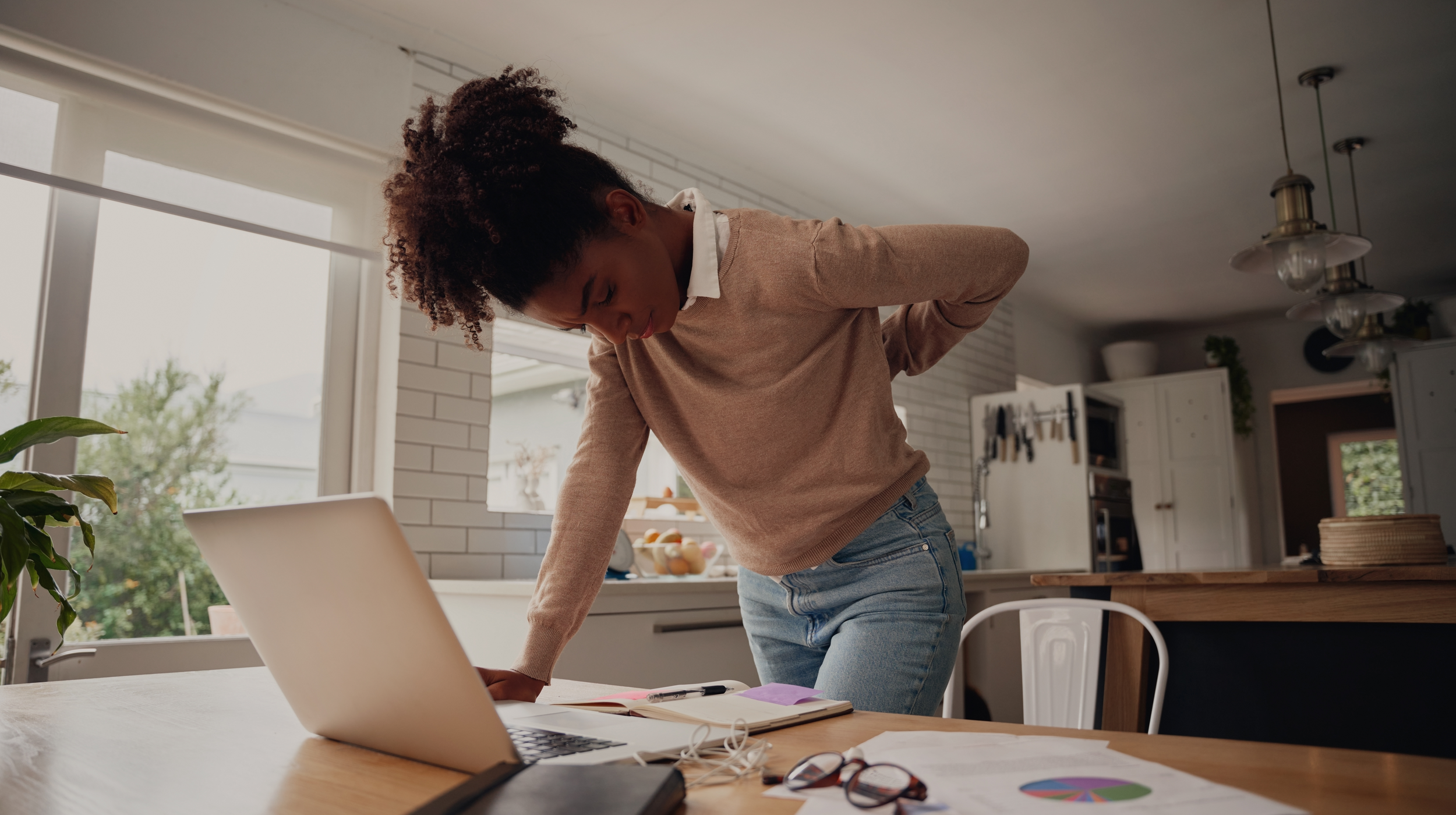How Glutes Can Cause Chronic Back Pain
Jan 12, 2021 mindpumpIf you’re reading this then you probably are dealing with chronic back pain or you may know of someone else who is. The human body is complex and can be confusing. Pain in one area of your body doesn’t always mean that area is the root cause. More often than not, the origin usually stems from another place in your body leading to pain in other parts. For example, if someone’s knee hurts from running, it may not actually be their knee causing the pain (let’s assume they don’t have any tears or breaks). It could be their feet and ankle mobility. Once they focus on making their feet and ankles more mobile and functional, their knee won’t have to overcompensate anymore. So, think about it. If you have chronic back pain, could it be that your back is not actually the problem? Yes! There are three other muscle groups in your body that could be guilty: the core, glutes or psoas.
Let’s talk about the glutes.
There could be two major reasons why your glutes can cause back pain:
1. They are weak.
2. Or, they are inhibited in function.
What do I mean by “weak glutes”? Basically, your glutes are not firing properly. This usually happens from other muscles being more developed allowing your glutes to remain weak. For example, you’ll find several people in a gym who are “quad dominant”. This means their quads are a lot stronger than their posterior side of their body- in this case, their hamstrings and glutes. If you are quad dominant and only do exercises that fire up your quads, then your hamstrings and glutes will continue to be inactive. To combat this, you must do exercises specific to your hamstrings and glutes.
A few exercises to target your hamstrings and glutes are:
- Hip Thrusts
- Glute Bridges
- Russian Deadlifts
- Single Leg Deadlifts
So, what’s the difference between weak glutes and glute dysfunction? When your glutes are inhibited, this means they are not properly engaged when being used. Your glutes can stop properly engaging due to prolonged sitting. When you sit for extended periods of time, your hips become tight often creating an anterior pelvic tilt. An anterior pelvic tilt is when your hips are pushing forward at the top while your lower back is arched. A posterior pelvic tilt is when your hips are tucked under your tailbone. Ideally you want to be in a neutral position regardless if you are sitting or standing. If you’re someone who sits for long periods of time and you are not conscious about your posture, it’s likely your back will start hurting. Sitting or standing with your back arched is extremely uncomfortable and unstable. If your glutes are not firing and engaged, your back will overcompensate for the weakness in your glutes. Your back muscles take on the load in order to ensure your body is stable upright.
Luckily there are ways we can strengthen our glutes. Mobility and strength training should be your best friends!
Focus on:
- Unilateral leg movements (single leg hip bridges, lunges, Bulgarian split squats)
- Glute activation exercises (lateral walks with bands, fire hydrants with bands, glute kickbacks)
- Hip mobility exercises (90/90, cat/cow, etc.)
Make sure you check out Maps Prime Pro for a customized correctional plan to help you improve function and overcome pain.







